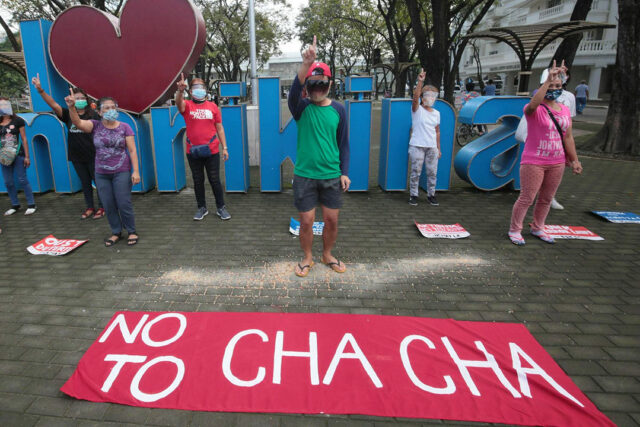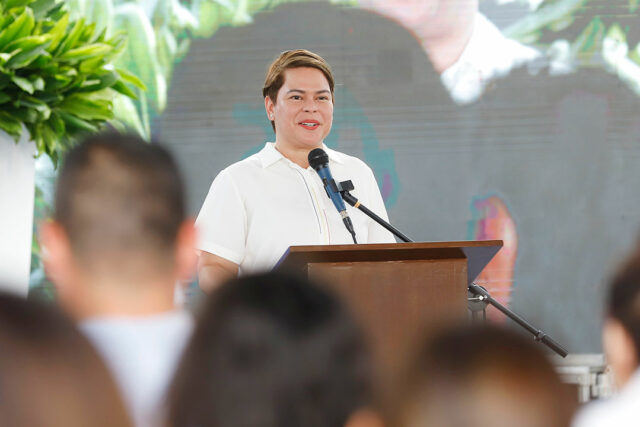Why should any city want to host a World Expo?
By Gearoid Reidy
THE WORLD EXPO might have a quaint quality for many in the English-speaking world — recalling events such as the 1982 World’s Fair in Knoxville, Tennessee, perhaps most familiar through its appearance in The Simpsons, where the exposition’s symbolic Sunsphere has become a disused storage site for wigs.
But in large parts of the world, the exhibitions are still big business — and increasingly, politically fraught. The expo is considered by many governments to be, along with the Olympic Games and football’s World Cup, one of the “big three” events that can elevate a country’s global standing.
That was the goal of South Korean President Yoon Suk Yeol, whose country has hosted two of the three events and aimed to complete the trifecta with a 2030 Expo in the second city of Busan. Despite enlisting boyband BTS and Gangnam Style performer Psy, as well as meeting nearly 100 world leaders to bolster support, Busan’s bid was trounced by Riyadh in a vote last week that shocked the country, with Saudi Arabia claiming 119 ballots to 29. (Rome fared even worse, with 17.)
Riyadh’s oil wealth may have helped, with plans to spend $7.8 billion on the expo as the country touts itself as a tourism destination. Images from the disastrous World Scout Jamboree held in South Korea this summer won’t have helped. Nonetheless, Mr. Yoon’s administration is now facing serious political blowback, with the already unpopular leader forced into a humiliating apology. “Everything was due to my own shortcomings,” he told reporters. “I am very sorry for having disappointed the citizens of Busan, as well as the rest of the nation.”
Further east, officials in Japan’s second city of Osaka are facing similar concerns. Advance tickets went on sale last week for the 2025 World Expo, which starts in less than 500 days. The 1970 event there is fondly remembered for drawing a near-record 64 million visitors, with Taro Okamoto’s unnerving Tower of the Sun statue remaining an instantly recognizable icon of glories past. The city is trying to recapture that magic with Myaku-Myaku, a multi-eyed Lovecraftian monster serving as the expo’s immediately recognizable mascot.
But all’s not well. Amid soaring construction costs, some countries have withdrawn their participation in Osaka. The projected budget has nearly doubled, and netizens and opposition politicians are calling for a cancellation. A poll last month found more than two-thirds of those surveyed agreed that expo isn’t needed; in another, some 69% polled said they don’t want to attend the event.
You wonder why some even bother trying. Politicians rarely get rewarded for hosting successful events but are left holding the bag for those that go badly. Former Japanese premier Yoshihide Suga navigated the coronavirus pandemic to successfully stage the Tokyo Olympic Games in 2021, and despite vocal opposition beforehand, polls afterward found 70% agreed they had been worth holding. That didn’t help Mr. Suga’s own ratings, though, with the leader resigning shortly after.
Big events are hard to pull off. But that doesn’t mean organizers are wrong to try. Osaka might not get the 64 million visitors of 1970, but it’s still expected to get 28 million in 2025. As my colleague Matthew Brooker has noted over the 2012 London Olympics, while it might not have been the most efficient use of money, it was the only one that was available.
Skepticism over the World Expo in particular goes back to the very first event, in 1851, which Ultra-Tory politician Colonel Charles Sibthorp denounced as “one of the greatest humbugs, frauds and absurdities ever known.” It was a success nonetheless, with the Crystal Palace that hosted the “Great Exhibition” becoming an iconic London destination for decades. Many expo locations have similarly avoided passing into parody like the Sunsphere, from the Eiffel Tower to Seattle’s Space Needle. In Japan’s case, the grounds of the 2005 Nagoya Expo have recently been reborn as Ghibli Park, while Yumeshima, the artificial island set to host the Osaka event, will become the site of the country’s first casino.
Just as the 2010 Shanghai Expo helped showcase China to the outside world, 2025 similarly comes at a good moment for Osaka. A run-down city center has been transformed over the past decade, aided by tourist dollars. This will be capped next year when a former cargo yard near the city’s main station, a massive stretch of prime real estate that has lain shamefully dormant for three decades, will finally reopen as a park and multiuse development.
Busan, which also frequently lives in the shadow of the larger capital of Seoul, could do with the same boost — and should return for a 2035 bid, as officials are hinting. Indeed, Asian nations should grab these events when they’re available, because increasingly they’re going to freer-spending Middle Eastern countries instead.
Following Qatar’s success in 2022, the 2034 World Cup is almost certain to head to Saudi Arabia in a controversially uncontested bid. The country will also host the FIFA Club World Cup this year and the finals of the revamped Asia Champions League for up to five years. While competing with the oil wealth of these rivals is impossible, there are also other failures that have nothing to do with spending: In the case of the Winter Olympics, while it’s not Middle Eastern countries that are taking over, bad press from bid-rigging during the Tokyo Games tanked Sapporo’s bids, with the Hokkaido city likely to lose out not just on the 2030 Winter Olympics, but also 2034.
Public wariness is understandable. But we’ve seen time and again how pre-event doom over major events fails to materialize — from the supposed “Olympic variant” of Covid-19 that would spread from the Tokyo Games, to the feared “beer shortage” during the 2019 Rugby World Cup. Neither happened. Osaka should celebrate its hosting — and despite the current skepticism, the public should back it. Busan, too, should regroup for a 2035 bid. Neither nation might have the chance again soon. — Bloomberg Opinion


















